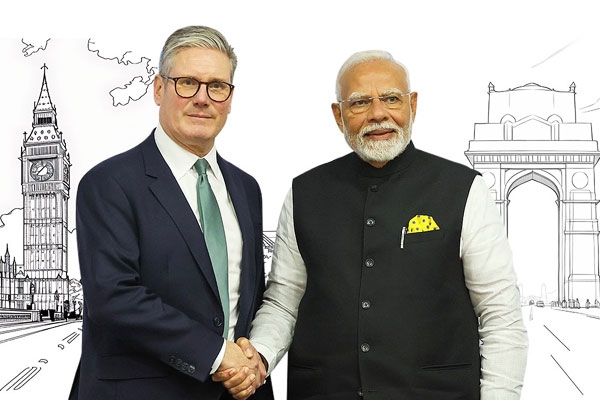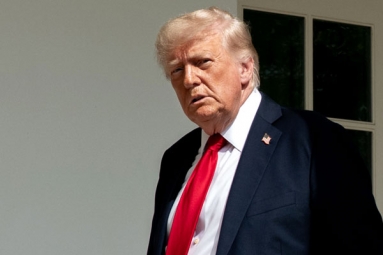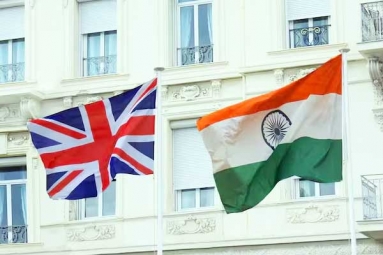
(Image source from: x.com/mygovindia)
Protecting and making the "Brand India" better—which includes things like Kolhapuri Chappals, and Banarasi and Chanderi fabrics—is a main goal of the India-UK Free Trade Agreement that was signed on Thursday in London. This agreement makes it possible to sell Indian goods that require a lot of labor, like leather, shoes, and clothing—often made by women—at a lower price in the UK, adding a new trade aspect that helps support including all genders. The trade agreement, officially called a comprehensive economic and trade agreement, was signed in front of Prime Minister Narendra Modi and British Prime Minister Keir Starmer, and it is meant to double the trade between India and the UK to $120 billion by 2030. The agreement also includes ways to make sure women have equal opportunities to help improve trade for women, especially women who are entrepreneurs, business owners, and workers, showing a big change in how India has traded in the past.
"We have shown what we believe in by adding India’s first sections in a free trade agreement about Anti-corruption, Labor rights, Gender, and Development. This section will give women more chances to fully benefit from the UK-India FTA. It will also help women gain economic power and encourage gender equality through trade," the UK government said earlier about the agreement. The deal includes lower taxes on goods, where India, which usually has a more protected economy than the UK, is lowering 90 percent of its taxes. Because of this, the usual tax on UK goods will go down from 15 percent to 3 percent. In return, Britain, which buys 11 billion euros worth of goods from India each year, will offer more market chances for Indian manufacturers.
An insightful thread, giving a glimpse of the transformative impact of India-UK CETA… https://t.co/q2LXmoHDpP
— Narendra Modi (@narendramodi) July 25, 2025
This will allow 99 percent of Indian exports, including popular fabrics like Banarasi and Chanderi as well as well-known leather goods like handmade Kolhapuri footwear, to enter UK markets without any taxes. New Delhi’s goal is to improve how well-known India’s brand is, its cultural identity, and increase how much artisans earn—especially those from businesses run by women. It will also deal with the problem of using Indian textiles and handicrafts without permission, where Western fashion brands use designs and styles from Indian artistry without giving proper credit or payment. A recent example showed this problem when the global fashion brand Prada showed Kolhapuri chappal designs in their 2026 menswear collection without recognizing the Indian background behind it. The agreement is also expected to help create jobs and financial independence for women, making India a top supplier in industries that require a lot of labor.







